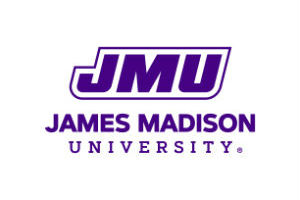
Gobetz said the device, which she is calling an “Animal Monitoring Station,” could go into mass production in 2022 and will help researchers, school children and citizen scientists around the world explore some of the tiniest mammals on the planet in a way that doesn’t endanger the animals.
Gobetz and volunteers she recruited have been testing 3-D printed versions of the device since 2018 in a variety of settings. A patent was granted for the Animal Monitoring Station in 2020.
Getting the patent “is evidence that this is a unique and safer method for conducting research to gain a deeper understanding of tiny mammals and their behaviors,” said Gobetz, who was looking for a more effective way to study Irish Pigmy Shrews when she drew the first design.
The Animal Monitoring Station is equipped with a video camera and instruments for weighing and measuring the small animals as they freely enter the device to eat peanut butter or other bait. When the animals have had enough to eat, or when the bait runs out, they simply leave — but Gobetz has captured them on high-resolution video.
“We have some great videos showing the behavior of these animals as they approach a bait source,” Gobetz said. “We also have some unexpected and useful information, including the molting patterns and mating marks in the fur of individual shrews.”
One of the biggest challenges to studying small animals in the field, Gobetz said, is catching them without injuring or stressing them. An even bigger challenge is finding them. “They’re just out there and they’re not contained,” she said, explaining the tedium and disappointment that go with checking empty traps. Researchers can check the Animal Monitoring Station with an iPad, iPhone or Android devices.
Because it’s easy to set up and check, Gobetz said the station would be ideal for teachers and school children to set up on school grounds and monitor from classrooms. “Our vision at the beginning was having it for K-12 to learn something about the ecology of their area,” Gobetz said.
Gobetz worked with James Madison Innovations, a nonprofit corporation for intellectual property management and licensing, on the patent application and examination process, which took about 2-1/2 years.
Mary Lou Bourne, executive director of JMI and director of Technology Innovation and Economic Development at JMU, “made it really painless for me,” Gobetz said.
Bourne said “receiving a patent is external validation of novelty and innovation of a created work, and brings recognition to the faculty’s research and scholarly activities. A patent is also an intangible asset that provides value to intellectual property for licensing to an existing or start-up company.”
Gobetz said incremental improvements on the Animal Monitoring Station are continuing, with an eye on making it useful for researching other species. She has a master’s degree student working on the device this fall and will be using it in biology courses.
Gobetz worked with JMU Libraries to 3-D print early versions and more recently with professional prototyping companies. She has successfully pitched the Animal Monitoring Station to donors at JMU’s Madison Trust event for funding to develop prototypes and test in the field.










